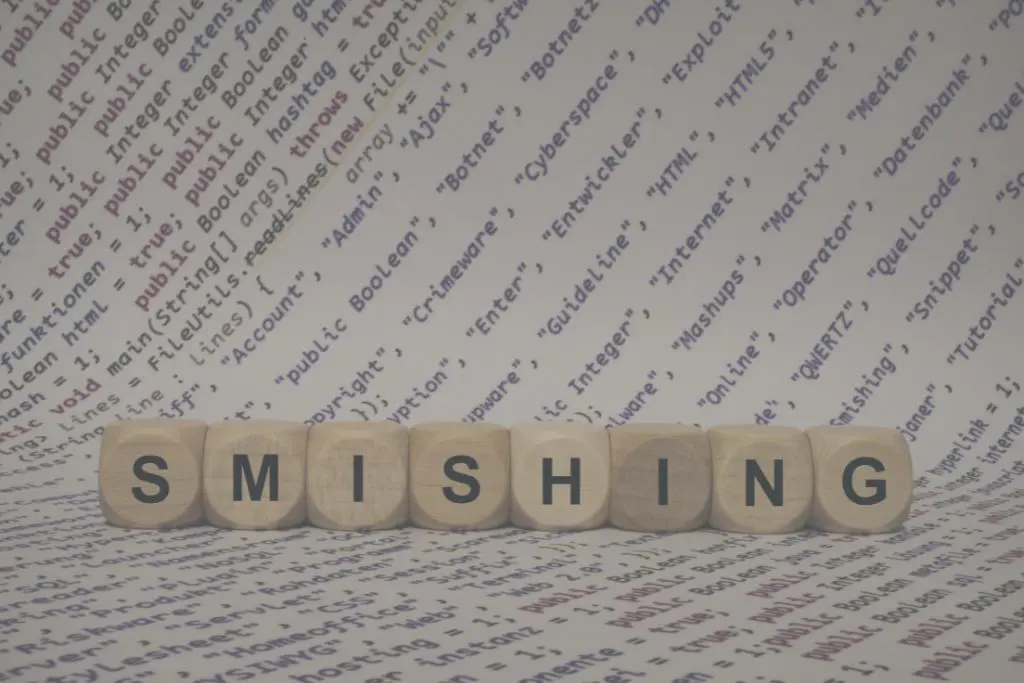The communication skills assessment holds significance not only on a personal level, aiding in self-awareness, but also in a professional context. It enables candidates to stand out, identifies potential leaders, and fosters seamless work environments.
We invite you to delve further into this article for a comprehensive understanding of this subject and insights into assessment methods.
What is a communication skills assessment test?
A communication skills assessment test evaluates linguistic competency, language processing speed, and the aptitude to respond appropriately.
Additionally, it measures linguistic accuracy, non-verbal etiquette, and cultural sensitivity.
An initial evaluation of a candidate’s communication skills involves scrutinizing their ability to:
- Exhibit correct writing devoid of spelling and grammatical errors.
- Present information legibly and understandably.
- Organize content coherently and logically.
Purpose of Communication Skills Assessment
Applying a communication skills test to candidates or employees serves varied objectives, each contributing to a more refined selection process or improved workplace dynamics.
Articulating these purposes clearly allows for better categorization of candidates and more precise employee insights.

Within Company-Employee Relations
Within the sphere of company-employee relations, the communication skills assessment, also known as an interpersonal skills test, serves to:
- Strengthen teamwork through enhanced interactions and mutual understanding.
- Cultivate result-oriented critical thinking.
- Develop effective problem-solving capabilities.
- Foster active listening across all levels.
- Minimize time wastage due to misinterpretations, thereby optimizing management efforts.
- Refine communication processes, ensuring comprehensive yet concise information exchange.
- Streamline human resources by mitigating the need for conflict mediation.
- Amplify job satisfaction, commitment, and productivity among employees.
- Bolster customer relationships, consequently elevating service quality.
- Enhance performance expectations and goal attainment.
Subscribe today to SMOWL’s weekly newsletter!
Discover the latest trends in eLearning, technology, and innovation, alongside experts in assessment and talent management. Stay informed about industry updates and get the information you need.
Simply fill out the form and stay up-to-date with everything relevant in our field.
In the Context of Recruiting Companies and Candidates
In the realm of recruiting, the communication skills test aids in:
- Gauging candidates’ language proficiency against predetermined benchmarks.
- Observing candidates’ adaptability in diverse professional and social scenarios, assessing practical application of theoretical knowledge.
- Evaluating candidates’ competence in writing, reading, grammar, pronunciation, and speaking, substantiating claimed skills.

Exploring the 7 C’s of Communication Skills
Effective communication ensures the message’s successful delivery.
Incorporating the Seven Cs, a framework proposed by researchers Scott Cutlip and Allen Center, enhances company communication:
- Clear.
- Concise.
- Concrete.
- Correct.
- Coherent.
- Complete.
- Courteous.
Testing Communication Skills: A Comprehensive Approach
The evaluation of fundamental communication skills, which fall under the category of basic communication competencies, hinges on pivotal pillars that play a critical role in skill assessment during interviews:
Active listening
The art of active listening transcends merely hearing words. It employs non-verbal cues such as affirmative nods, which signal unwavering attentiveness.
Tactful interjections at opportune moments exemplify engagement without disrupting the speaker’s flow.
Assertiveness
A key facet of effective communication lies in assertiveness. It entails skillfully conveying pertinent information with due respect and appropriateness, particularly when dealing with sensitive subjects.
This trait is particularly valuable in conveying constructive feedback or addressing challenging topics.
Empathy
Empathy is the cornerstone of relatable communication. Often referred to as “putting oneself in another’s shoes,” empathy involves not just understanding the words spoken, but also the underlying emotions and perspectives.
This emotional connection fosters a deeper level of communication.
Eye contact
The power of sustained eye contact should not be underestimated. It goes beyond a visual connection; it signifies trust, sincerity, and genuine interest in the conversation.
Maintaining eye contact can be a telling indicator of one’s confidence and engagement.

Theory of mind
A sophisticated skill in communication, theory of mind pertains to perceiving the thoughts and intentions of the person you’re conversing with.
It involves an acute awareness of their perspective, leading to a more nuanced and insightful exchange.
Emotion-Message Consistency
Seamless communication relies on aligning verbal and non-verbal components. The message gains clarity and impact when words, gestures, and expressions harmonize.
This consistency demonstrates authenticity and ensures the message is received as intended.
Negotiation skills
Communication often involves navigating differing viewpoints. Possessing negotiation skills allows for constructive dialogues that seek common ground without resorting to hostility.
Respectful discourse that values diverse opinions is a hallmark of effective communication.
Control of the situation
Active engagement can reshape the dynamics when faced with uncertain or potentially nerve-racking conversations.
Transitioning from a passive to an active stance by asking questions or expressing interest reshapes the tone of the interaction.
Measured humor usage
Humor, when used judiciously, can defuse tension and foster camaraderie.
Employing humor with discretion establishes rapport without crossing into informality or undermining the gravity of the conversation.
Non-verbal language control
The body speaks as loudly as words. Defensive postures like crossed arms or tense expressions can create barriers.
Maintaining open body language underscores receptiveness and reflects a mastery of non-verbal communication.
Natural exposition and not memorization of ideas
Fluid, unscripted conversations reveal authenticity. The ability to engage in discussions naturally, without relying on rehearsed lines, signifies a genuine investment in the exchange.
In the age of digital transformation, an evolving landscape demands refined control mechanisms to ensure transparency and security.
Within this context, Smowltech presents remote monitoring services tailored to personnel selection and recruitment. These services cater to both new additions and internal promotions, facilitating a seamless integration of human capital.
We encourage you to request a free, no-obligation demo for a comprehensive understanding of this service’s scope.
Download now!
8 interesting
facts
about proctoring
Discover everything you need about online proctoring in this book to know how to choose the best software.
Fill out the form and download the guide now.
And subscribe to the weekly SMOWL newsletter to get exclusive offers and promotions.
You will discover all the trends in eLearning, technology, innovation, and proctoring at the hands of evaluation and talent management experts.



